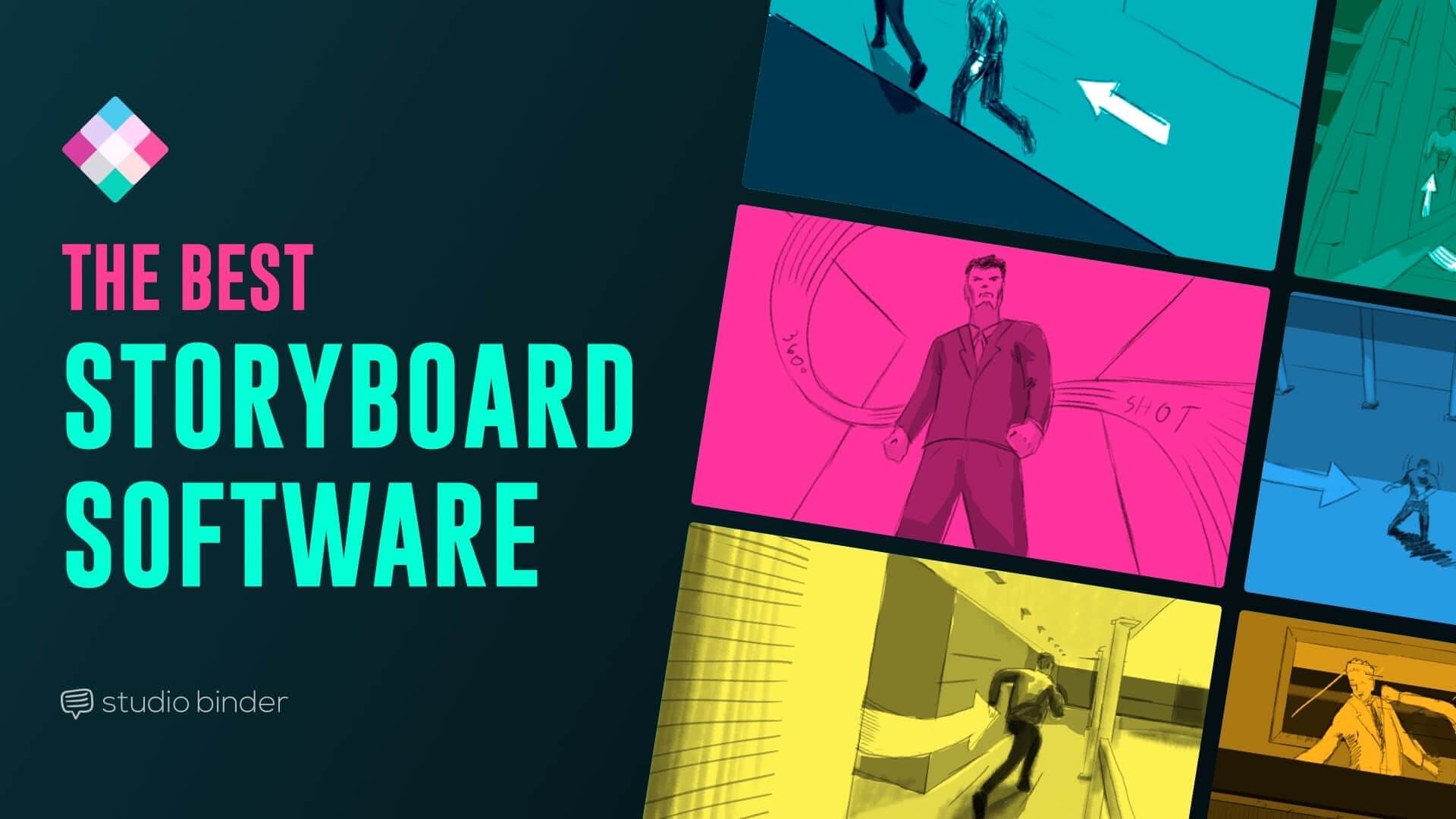The Art of Cinematic Storyboarding: Bringing Scripts to Life
In the realm of filmmaking, every director envisions their film as a living tapestry of dynamic visuals and engaging narratives. However, translating the written word of a script to the silver screen is a complex process that demands meticulous planning and a keen eye for detail. This is where cinematic storyboarding steps in—a crucial, yet often unsung hero in the storytelling process that plays a pivotal role in visualizing a film’s storyline and ensuring a smooth production process.
What is Storyboarding?
Storyboarding is a pre-production technique that involves creating a visual representation of a film's narrative. It consists of a sequence of drawings that chart the movement of scenes, beginning from the opening frame and leading to the film's climax. Each panel or frame within the storyboard acts much like a comic book, detailing actions, camera angles, and transitions, guiding both the director and the crew toward the desired visual direction of the film.
The practice of storyboarding was first popularized by Walt Disney Studios during the early 1930s. Since then, it has become an indispensable tool not only for animated films but also for live-action and TV productions, offering a bird’s-eye view of the story arc by aligning creative vision with practical execution.
The Importance of Storyboarding in Filmmaking
Storyboarding is analogous to a blueprint used in architecture. Just as an architect needs a blueprint to build a structure, filmmakers rely on storyboards to create their cinematic masterpieces. This tool allows filmmakers to:
- Visualize Each Scene: Before cameras start rolling, storyboards provide a framework for visualizing each scene, aiding filmmakers in understanding how one shot transitions into the next while preserving the narrative’s essence.
- Plan the Shot Composition: Storyboards help in planning the camera angles and movements for each shot, determining how each scene should be framed to convey mood and emotion effectively.
- Communicate Ideas: Filmmaking is inherently collaborative. Storyboards serve as a coherent visual language that directors can share with the cast and crew, ensuring everyone is on the same creative page.
- Identify Potential Problems: Storyboarding allows filmmakers to foresee potential narrative or logistical issues in their visual plan, enabling them to resolve these issues before production begins, saving both time and money.
- Manage Time Efficiently: When every frame is planned out, it becomes easier to manage the shooting schedule, ensuring that every minute on set is maximized efficiently.
The Storyboarding Process
Creating a storyboard is a meticulous process that typically involves several steps:
- Script Breakdown: The process begins with a thorough breakdown of the script into individual scenes and sequences. This step is crucial as it helps identify key moments in the narrative that require detailed visualization.
- Thumbnail Sketches: Initial thumbnail sketches are drawn, capturing the essence of each scene. These sketches are usually quick and rough, focusing more on positioning and action rather than intricate details.
- Refinement: Once the initial sketches are complete, more detailed drawings are created. These refined panels will depict the camera angles, actor positioning, and other elements critical to the storytelling process.
- Director’s Input: Constant collaboration with the director ensures that the creative vision aligns with the storyboard’s progress. Feedback is integrated and necessary adjustments are made.
- Finalization: The completed storyboard serves as the definitive guide throughout the film's production process, providing a visual script that helps maintain consistency in story composition and execution.
Conclusion
In summary, storyboarding is a fundamental step in the filmmaking process that transforms the abstract words of a script into a visual narrative, ready to be immortalized on film. It is a delicate balance of art and strategy, ensuring that all members of the production team are aligned towards a common vision. As digital media continues to evolve, so too does the process of storyboarding, blending traditional hand-drawn panels with digital technology to offer filmmakers limitless possibilities in storytelling.








Comments